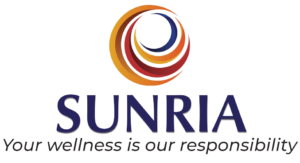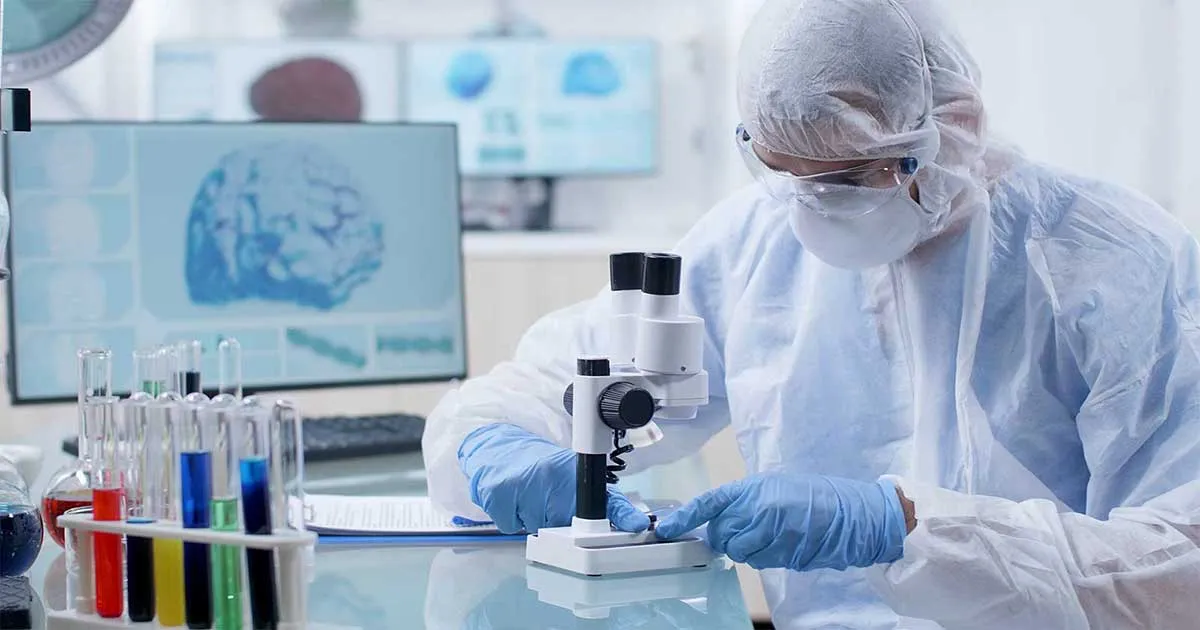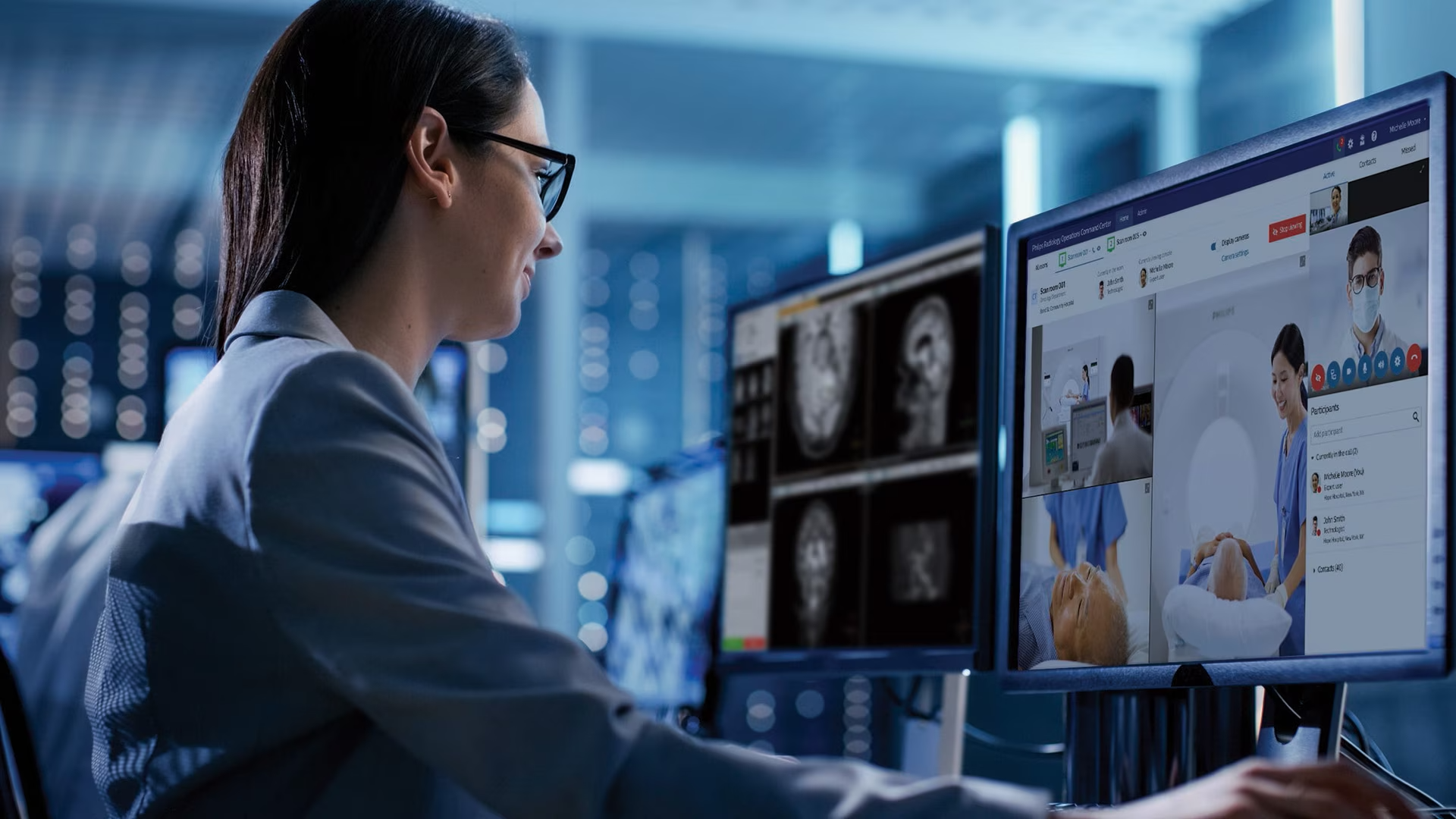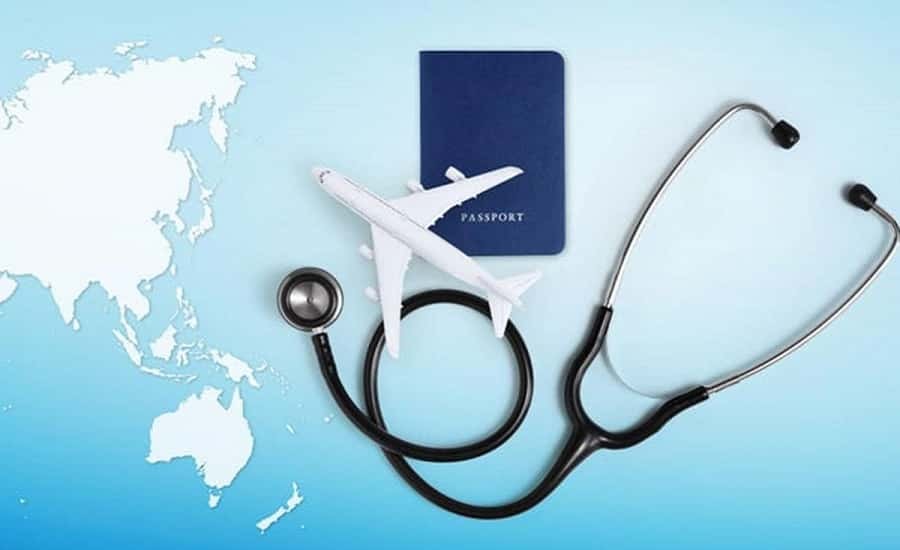I. Introduction
Medical products are at the forefront of modern healthcare, driving innovation and transforming how we approach medical treatments.
These groundbreaking innovations are not just instruments or devices; they are lifelines, offering countless individuals hope and a second chance at life. This article delves into the science behind medical products, exploring their journey from laboratory concepts to real-world lifesavers.
We’ll uncover the intricate development process, and the rigorous testing required for regulatory approval, and showcase examples of medical products that have revolutionized healthcare.
Join us on this enlightening journey into medical innovation, where science meets compassion to save lives.
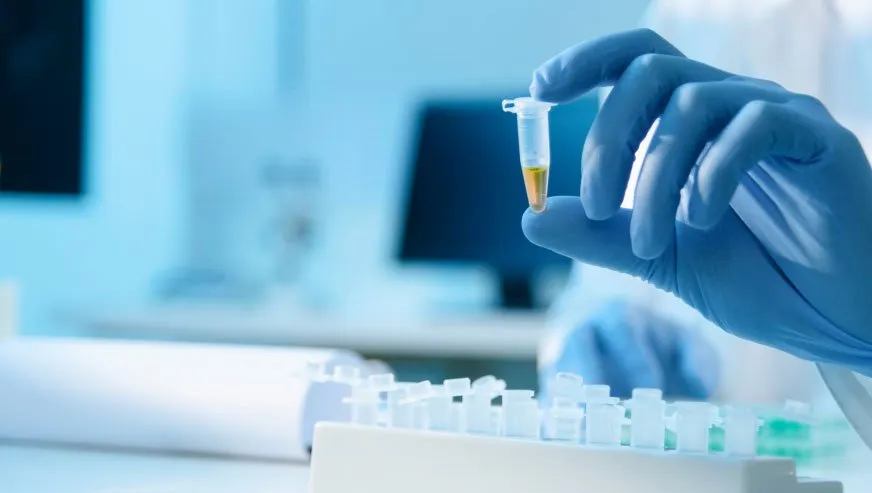
II. The Role of Medical Research
Medical research plays a pivotal role in the development of cutting-edge medical products. It serves as the foundation upon which innovative solutions are built. Through rigorous experimentation, data analysis, and clinical trials, medical research drives progress in healthcare by identifying unmet needs and crafting practical solutions.
III. Product Development Process
- Conceptualization: The journey commences with the birth of an innovative concept aimed at addressing a specific medical need.
- Research and Feasibility: Rigorous research follows, delving into scientific, medical, and market aspects to assess the idea’s viability.
- Design and Prototyping: Once the concept proves feasible, the design phase begins, resulting in prototypes subjected to exhaustive testing.
- Clinical Trials: To ensure safety and efficacy, the product undergoes clinical trials involving controlled patient studies.
- Regulatory Approvals: Regulatory bodies evaluate the product’s data and grant approvals, emphasizing its safety and benefits.
- Scaling Up Production: With approvals secured, production scales up, demanding precision and adherence to quality standards.
- Market Release: Finally, the product enters the market, where it serves as a testament to human ingenuity and scientific dedication, bringing innovative healthcare solutions to those in need.
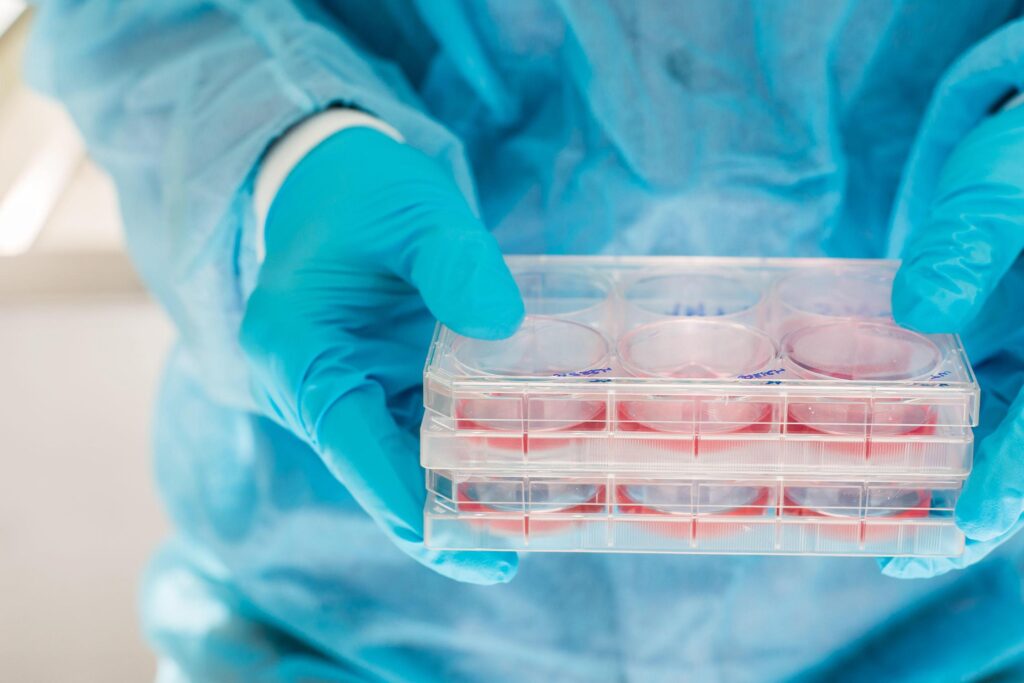
IV. Regulatory Approval and Testing
- Regulatory Oversight: Regulatory bodies play a pivotal role in evaluating the safety, quality, and efficacy of medical products.
- Stringent Evaluation: These agencies employ rigorous assessment processes, reviewing clinical data and research findings to determine a product’s suitability for market release.
- Testing Phases: Medical products undergo a series of testing phases, including preclinical and clinical trials, designed to confirm safety and efficacy.
- Clinical Trials: Controlled patient studies are conducted to observe how the product performs under real-world conditions, ensuring its benefits outweigh potential risks.
- Post-Market Surveillance: Even after approval, products are monitored in the market for any unexpected issues, with regulatory bodies ready to take action if concerns arise.
- Patient Safety: Ultimately, regulatory approval and testing aim to safeguard patient well-being, ensuring that medical products deliver on their promises while minimizing risks.
V. Examples of Life-Saving Medical Products
- Implantable Cardioverter-Defibrillators (ICDs): These devices continuously monitor and correct abnormal heart rhythms, preventing sudden cardiac death.
- Vaccines: Vaccines like those for polio, measles, and COVID-19 have saved countless lives by preventing the spread of deadly diseases.
- Antibiotics: The discovery of antibiotics revolutionized medicine, enabling the effective treatment of bacterial infections.
- Insulin: Insulin therapy has transformed diabetes management, allowing individuals to control their blood sugar levels and lead healthier lives.
- Organ Transplants: Innovations in transplant surgery and immunosuppressive drugs have made life-saving organ transplants a reality for many.
- Cancer Therapies: Advancements in chemotherapy, immunotherapy, and targeted therapies have significantly improved cancer survival rates.
Challenges and Future Trends
Challenges:
- Regulatory Compliance: Stricter regulations and compliance requirements increase development costs and timelines.
- Rising Costs: Developing and bringing a new medical product to market is expensive.
- Market Competition: An increasingly competitive market requires companies to innovate continually.
- Ethical Considerations: Balancing profit motives with ethical concerns is an ongoing challenge
Future Trends:
- Personalized Medicine: Tailoring treatments to individual patients based on their genetics and characteristics.
- Artificial Intelligence: AI is improving diagnostics, drug discovery, and treatment planning.
- Telehealth: Remote healthcare delivery is becoming more prevalent, especially after the COVID-19 pandemic.
- Biotechnology Advancements: Advances in biotech enable more effective therapies and drug delivery methods.
Conclusion:
In the realm of medical product development, where science meets compassion, the journey from laboratory concepts to real-world lifesaving tools is awe-inspiring. Medical research’s pivotal role in innovation cannot be overstated, pushing the boundaries of what’s possible in healthcare. The product development process, marked by its intricacy, brings these concepts to life, ensuring they meet rigorous standards.
Regulatory oversight guarantees safety and efficacy, building trust in these innovations. Real-world examples demonstrate the transformative power of these products. Challenges and future trends pose exciting opportunities and hurdles, promising a future where healthcare continues to evolve, bringing healing, hope, and enhanced quality of life to individuals worldwide.
